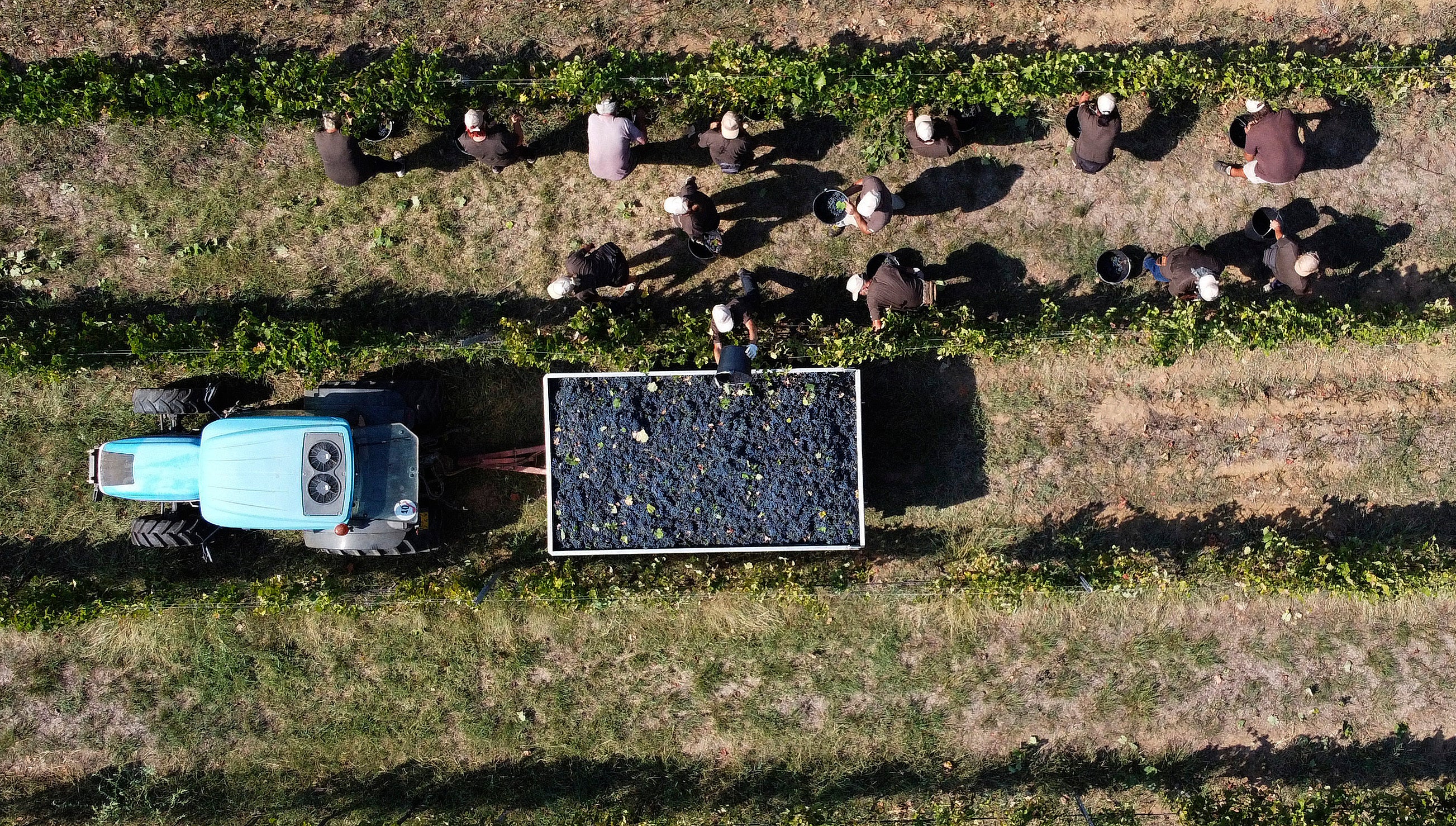AP PHOTOS: Italian grape harvest plows on through pandemic
Change can come slowly to Italy’s centuries-old wine industry, but the coronavirus pandemic has radically altered the path from vine to table in a matter of months, beginning with the fall harvest

Your support helps us to tell the story
From reproductive rights to climate change to Big Tech, The Independent is on the ground when the story is developing. Whether it's investigating the financials of Elon Musk's pro-Trump PAC or producing our latest documentary, 'The A Word', which shines a light on the American women fighting for reproductive rights, we know how important it is to parse out the facts from the messaging.
At such a critical moment in US history, we need reporters on the ground. Your donation allows us to keep sending journalists to speak to both sides of the story.
The Independent is trusted by Americans across the entire political spectrum. And unlike many other quality news outlets, we choose not to lock Americans out of our reporting and analysis with paywalls. We believe quality journalism should be available to everyone, paid for by those who can afford it.
Your support makes all the difference.Change can come slowly to Italy’s centuries-old wine industry, but the coronavirus pandemic has radically altered the path from vine to table in a matter of months, beginning with the fall harvest.
At the Casale Del Giglio winery in the Agro Pontino area south of Rome, a group of workers moved steadily through the vines wearing masks in a searing September heat. They dropped purple Petit Verdot grapes into black buckets and then into the back of a truck rumbling between the rows.
Antonia Palma has worked for Casale Del Giglio for 13 years, driving 70 kilometers (43 miles) every day. Where the vineyard once put eight workers in a car, now it is two. They bring lunch because the cafeteria is off-limits to avoid crowding.
Italy’s wine industry was one of the first to take a blow after the first virus clusters emerged in late February and the country became the epicenter of the pandemic in Europe. The collapse of tourism and the closure of restaurants and wine shops badly damaged sales.
“It was a terrible moment for everyone. It was very difficult because we had a collapse of our sales, a huge fright, a fear for the future,” Casale Del Giglio owner Antonio Santarelli said, standing among wooden barrels of wine stored in the winery's cellar.
But not all change is bad, even when due to a global pandemic. Forced to stay at home, many people are drinking over home-cooked meals rather than at restaurants. Customers shopping online have increasingly clicked their way to producers’ websites to order wine directly.
Collectors also are pulling out their expensive bottles instead of saving them for future celebrations, while residents freed from lockdowns made local wineries one of their first outings.